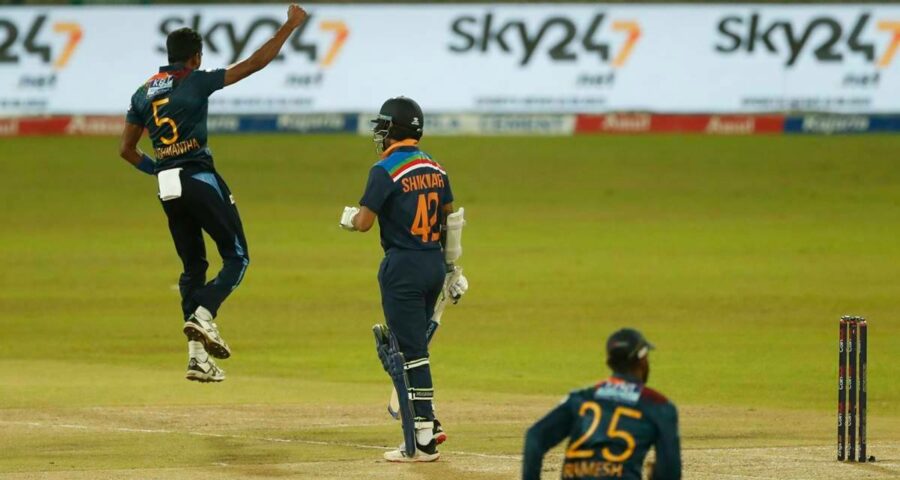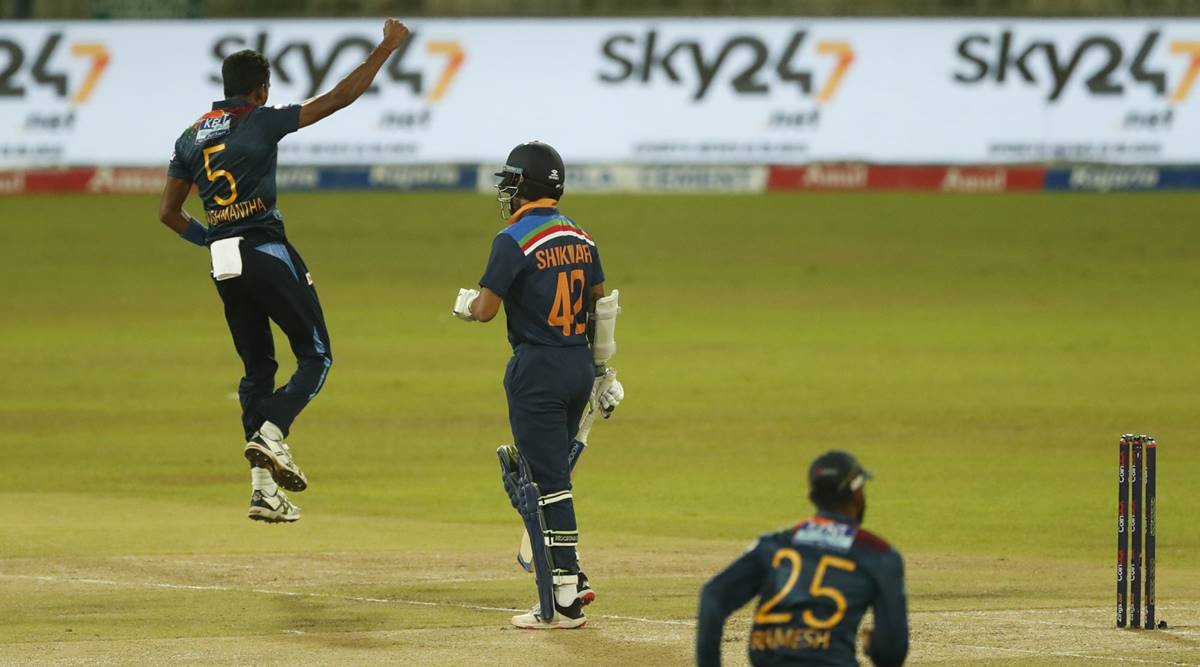As India's batting lineup suffered a collapse, India registered their lowest T20I score after completion of 10 overs. At halfway stage, India scored 39 runs for the loss of five wickets.
Shikhar Dhawan-led India registered their third-lowest T20I total in the last game of the limited-overs series against Sri Lanka. A depleted Indian batting lineup managed to score 81 runs for the loss of eight wickets at R.Premadasa Stadium, Colombo. Kuldeep Yadav’s 23-run knock helped India get past their lowest T20I total that came against Australia in February 2008 when they were bowled out for 74 in 17.3 overs.
As India’s batting lineup suffered a collapse, India registered their lowest T20I score after completion of 10 overs. At halfway stage, India scored 39 runs for the loss of five wickets. India’s previous lowest T20I score after 10 overs was against New Zealand in Nagpur when they registered their second-lowest T20I score of 79 in the T20 World Cup 2016.
Yadav top-scored for India without scoring a single boundary in his unbeaten knock. Only three batsmen registered double-digit scores whereas three got out for a duck. Only four boundaries were scored in the innings. Also, Ruturaj Gaikwad was the only batsman with a strike rate over 100. Gaikwad scored 14 runs from 10 deliveries including two boundaries.
Sri Lanka leg-spinner Wanindu Hasaranga,on his birthday, registered career-best bowling figures taking four wickets for nine runs including Gaikwad and Sanju Samson. Skipper Dasun Shanaka took two wickets whereas Dushmantha Chameera and Ramesh Mendis took one wicket each.
Before the batting collapse in the third T20I, India’s lowest T20I score against Sri Lanka was 101 in Pune when they were bundled out in 18.3 overs.
Lowest T20I totals for India:
74 vs Aus Melbourne 2008
79 vs NZ Nagpur 2016
81/8 v SL Colombo RPS 2021 *
92 vs SA Cuttack 2015
Lowest team totals batting out all 20 overs (Full Member teams):
79/7 WI v Zim Port of Spain 2010
81/8 Ind v SL Colombo RPS 2021 *
85/9 Ban v Pak Dhaka 2011
85/8 Ire v WI Kingston 2014
Source: Read Full Article


